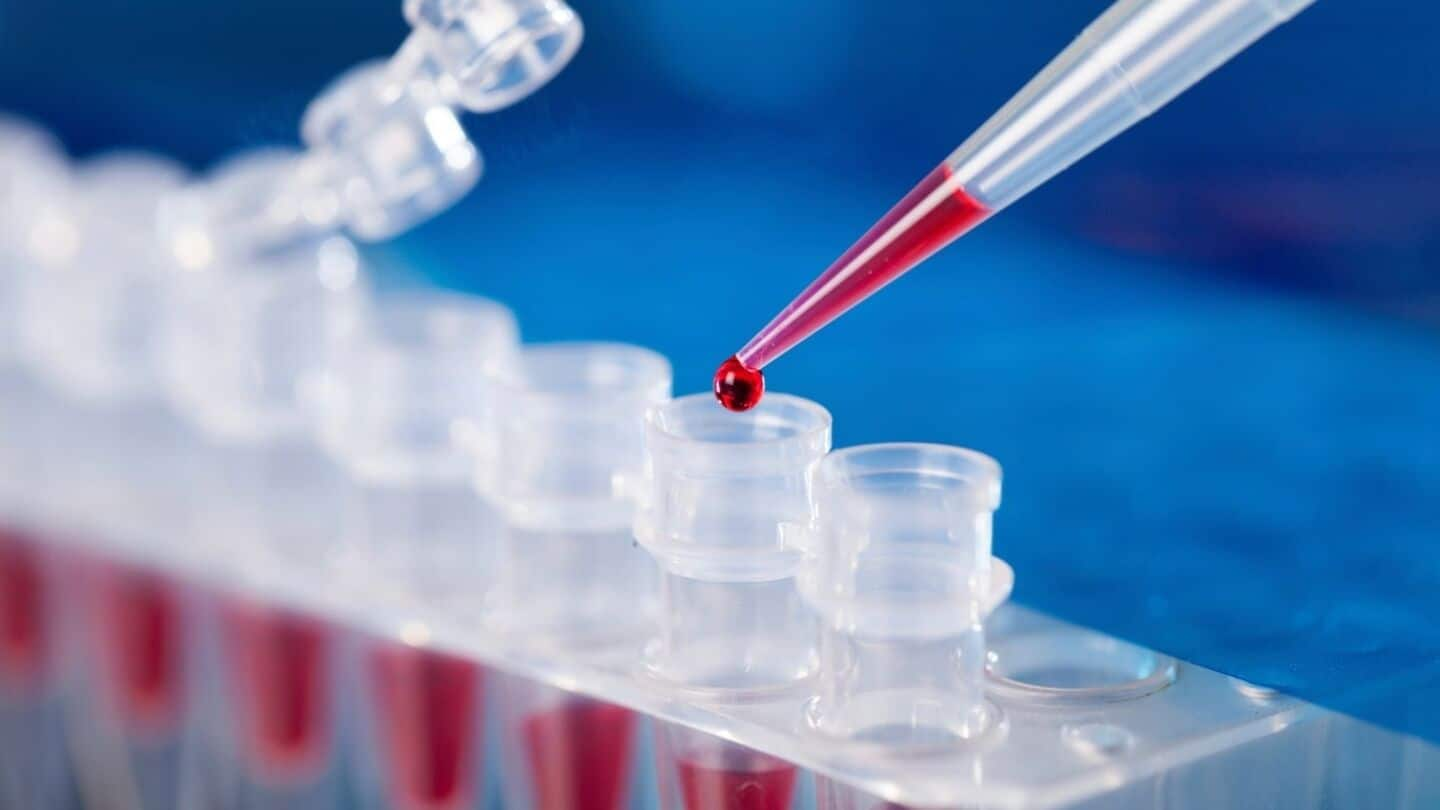
This glowing paper sensor by IISc can detect liver cancer
What's the story
Researchers at the Indian Institute of Science (IISc) have developed a novel glowing paper sensor. The innovative device can detect liver cancer early, using the green glow of a rare earth metal called terbium. The sensor works by detecting an enzyme known as "b-glucuronidase," which is found in many living organisms and its high levels are linked to several types of cancers and infections.
Enhanced detection
How the sensor improves on traditional methods
Ananya Biswas, an ex-PhD student and co-author of the study published in Chemistry, explained that traditional detection methods often struggle with background noise or low sensitivity. However, terbium has a unique ability to glow for longer periods. This property helps scientists cut through the noise and get a clearer signal, improving detection capabilities significantly.
Sensor development
How the sensor was made
The project started nearly a decade ago when the researchers studied metal ions and their gel-forming abilities. They found that terbium, when embedded in a gel that is made from bile salts, gives off a bright green glow under ultraviolet (UV) light. To create the sensor, the team added an organic molecule coated with glucuronic acid to keep it 'switched off.' However, when b-glucuronidase is present, it cuts away the coating and releases the active molecule.
User-friendly sensor
Easy to use and inexpensive
The scientists embedded this glowing gel onto small paper disks, turning it into an easy-to-use sensor. When exposed to samples with b-glucuronidase, the disk glows brighter under UV light. Unlike expensive lab equipment, this sensor can be read via a simple UV lamp and free software called 'ImageJ.' It can detect enzyme levels as low as 185 nanograms per milliliter—which is well below levels usually seen in serious liver disease.
Future prospects
Potential applications in low-resource settings
While further clinical trials are necessary, researchers believe the sensor could be a low-cost tool for detecting not just liver cancer, but also other conditions linked to the enzyme. These include jaundice and drug toxicity.